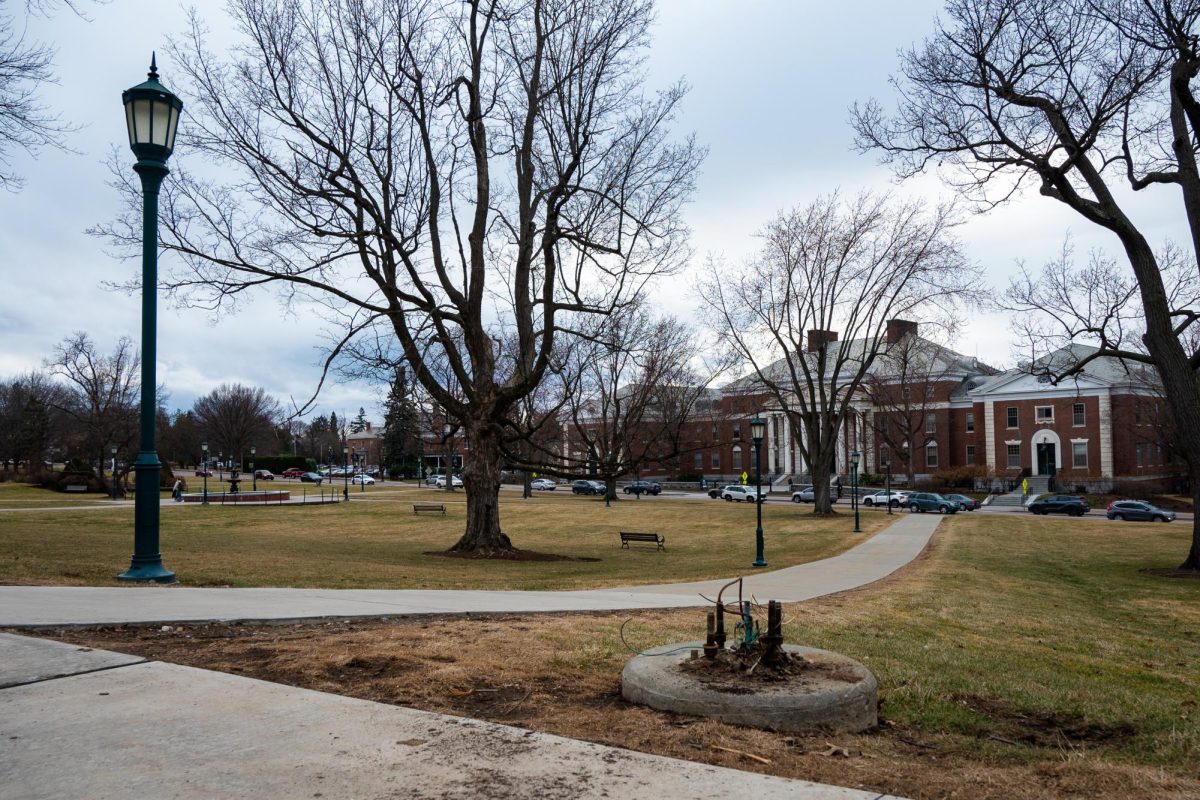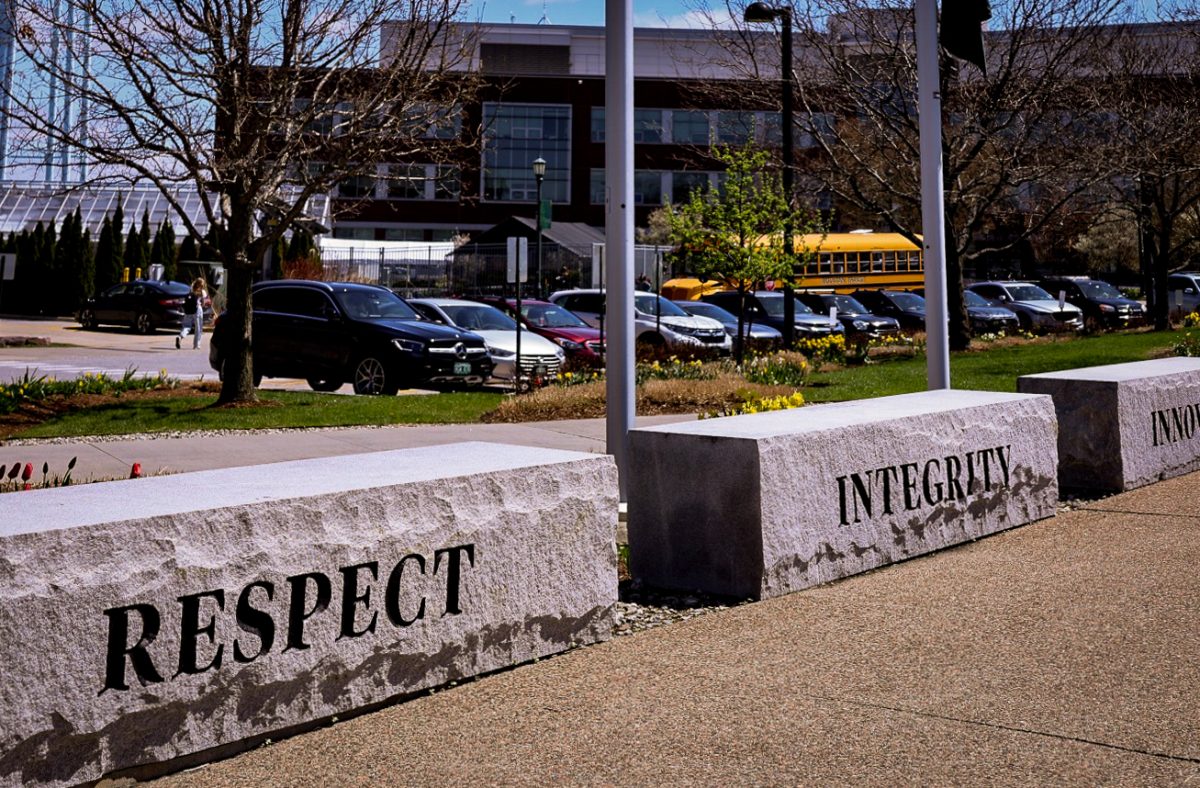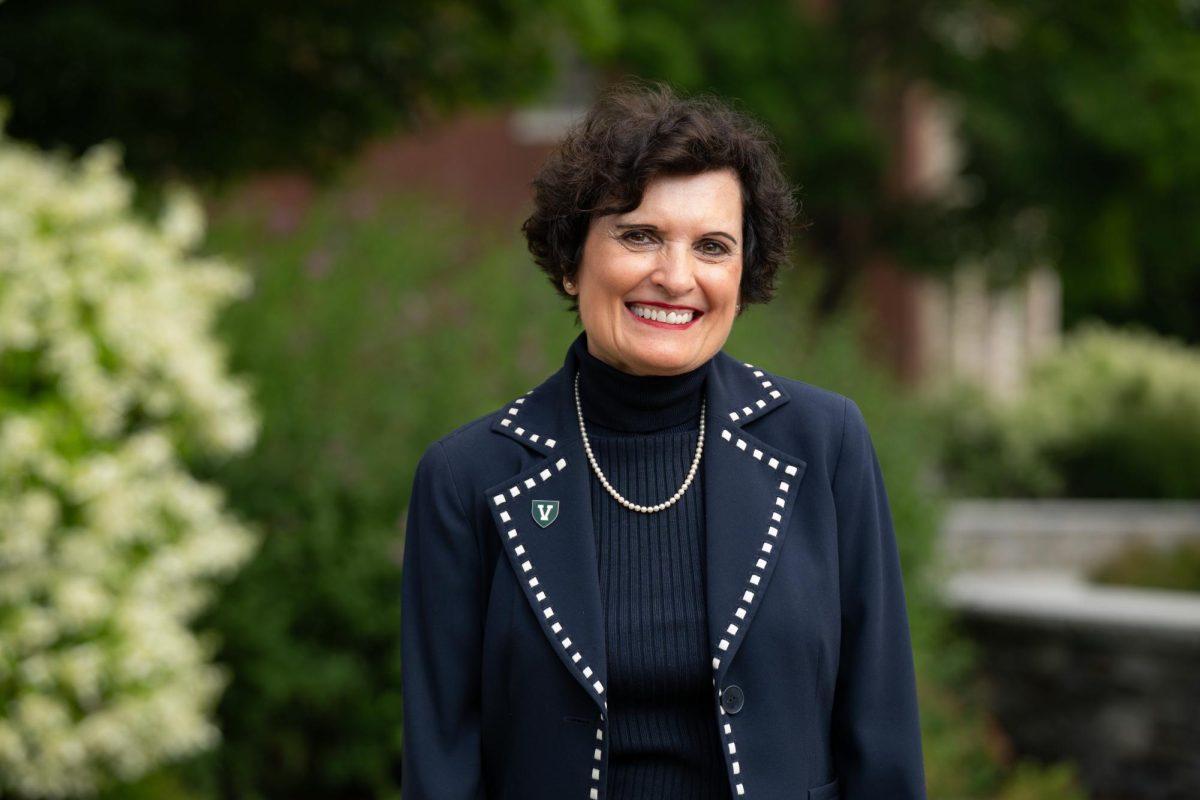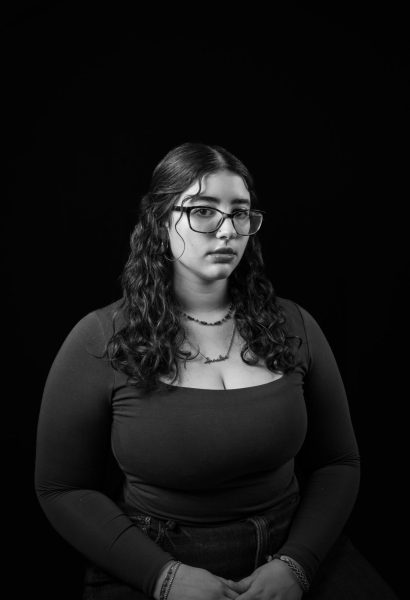The University’s Blue Light System stations around campus were removed in late March, marking the final shift to the CATSafe app as the primary on-campus security measure, said Michael Schirling, chief safety and compliance officer.
Conversations about removing the security system began in 2019 between SGA and UVM, after the lights’ usage began to dwindle. Additionally, replacement parts for the often broken lights were discontinued in 2021, making repair difficult.
“What we train people to do now is some version of run, hide and fight,” Schirling said. “We want you to flee from whatever the issue is, and these old call boxes don’t enable that. They’re actually the antithesis of what we want you to do.”
In lieu of the lights, the University has been promoting the usage of the CATSafe app, which was introduced in August 2020. The app gives students the lights’ emergency call ability on their smartphones, and its SafeWalk feature allows students to be virtually “escorted” by a friend, who can see their location as they walk to their destination.
The blue lights were rarely used in the case of actual emergencies — more often than not, the activations were false alarms, Schirling said.
“When I arrived at UVM, they had just done a seven-year retrospective look at emergency calls from the boxes, and there were five calls that were ‘emergencies,’” he said. “Almost all of them had also come in via a cell phone, and they were all saying things like a person fell on their bike or there was a traffic crash at an intersection.”
The lights were frequently in need of repair due to Vermont’s cold winter climate, rendering 10 to 15 percent unusable at any given point during the winter seasons, Schirling said. Instead, UVM is investing in video security systems and building-access controls.
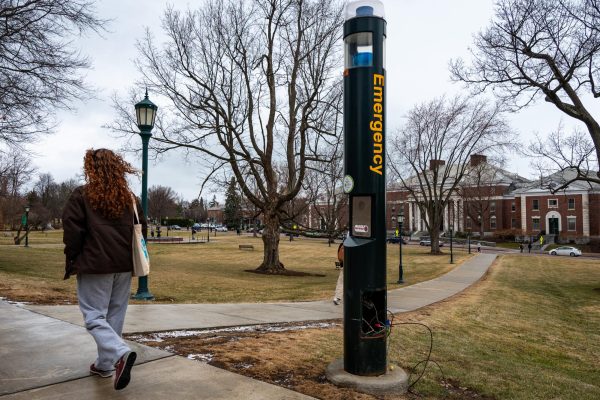
Senior Aidan Spears said that although he recognizes how the lights could be important to campus security, he never had a reason to use the lights.
“I think that they help with campus security a little, but it doesn’t affect me as much per se,” he said. “But I don’t think they should have left.”
Senior Kyleah Benoit-Primus said she didn’t like that the blue lights were being removed.
“I think it’s great to have that resource there for people when they need it, because having it there is at least a comfort,” she said. “If I’m in danger in some way, I can press the blue light button and have that option.”
Not having the option to use the blue lights in case your phone is dead or not on you at the time is another concern, Benoit-Primus said.
“I think it’s fine that they have the apps and everything, but let’s say you don’t have your phone on you, or your phone’s dead,” she said. “You can have both in place. It’s not that you have one and so you don’t need the other one.”
Schirling said he isn’t worried about people not having their phones on them, as he believes the phone has become so essential to everyday life.
“The phone is such an integral part of everything you do,” he said. “I think most folks are pretty good at this point at keeping the phone charged or having alternate charging mechanisms with them.”


